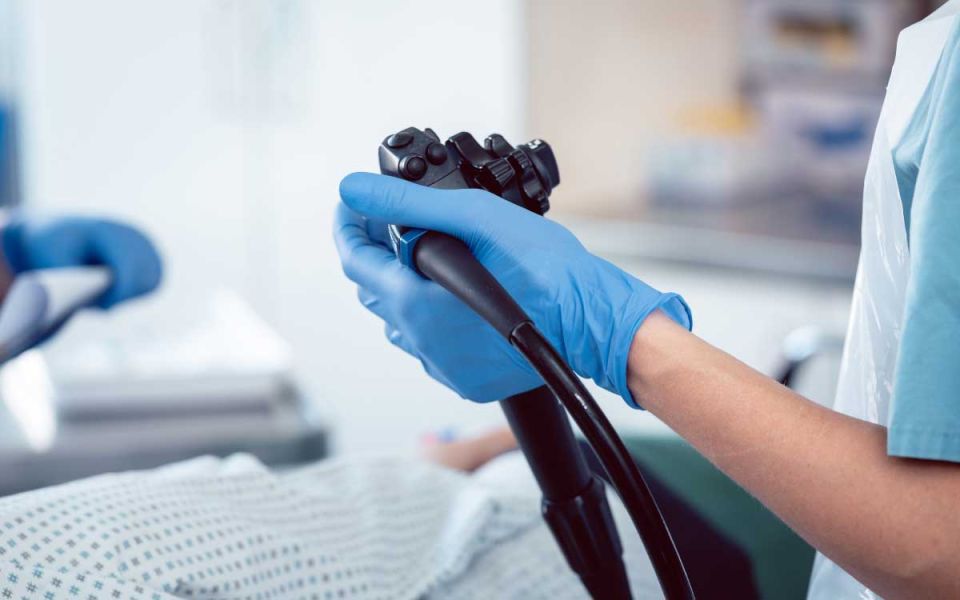Colonoscopy 101

What is a Colonoscopy?
A colonoscopy is used to detect any changes in the large intestine and rectum. A long flexible tube, called a colonoscope, is inserted into the rectum during the exam. At the end of the tube is a tiny video camera that allows the provider to view the inside of the colon. During the colonoscopy, your provider may also remove some abnormal tissue or take tissue samples if needed. It is common practice to receive a sedative before the exam to make you feel more comfortable, relaxed and decrease the chance of any pain.
Who Needs One and When?
Both men and women need colonoscopies around the age of 50. If you are at high risk for developing colorectal cancer, cancer that affects the colon and the rectum, your provider may ask you to receive a colonoscopy at an earlier age. You should reach out to your healthcare provider if you are having any symptoms of colorectal cancer because getting a colonoscopy could help prevent serious illness or even death. Symptoms include:
- Rectal bleeding
- Dark-colored stools
- Blood in your stool
- Diarrhea or constipation that lasts for several days
- Narrow stools
- Abdominal cramps or pain
- Unintended weight loss
Why are They Important?
There are many reasons why a colonoscopy is important. The main reason, as mentioned previously, is to test for colon cancer. Secondly, a colonoscopy investigates any problems with your intestines. If you are experiencing any abdominal pain or intestinal problems, let your doctor know beforehand. This way, your doctor can assess and find the answers to why you may be experiencing these issues. A colonoscopy also looks for abnormal tissues called polyps. A follow-up colonoscopy might be necessary to remove all polyps to reduce your risk of colon cancer.
References:
Borland Groover
American Cancer Society



